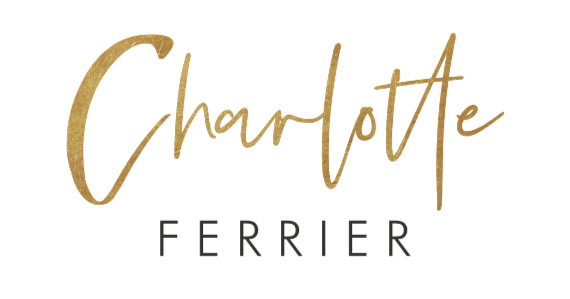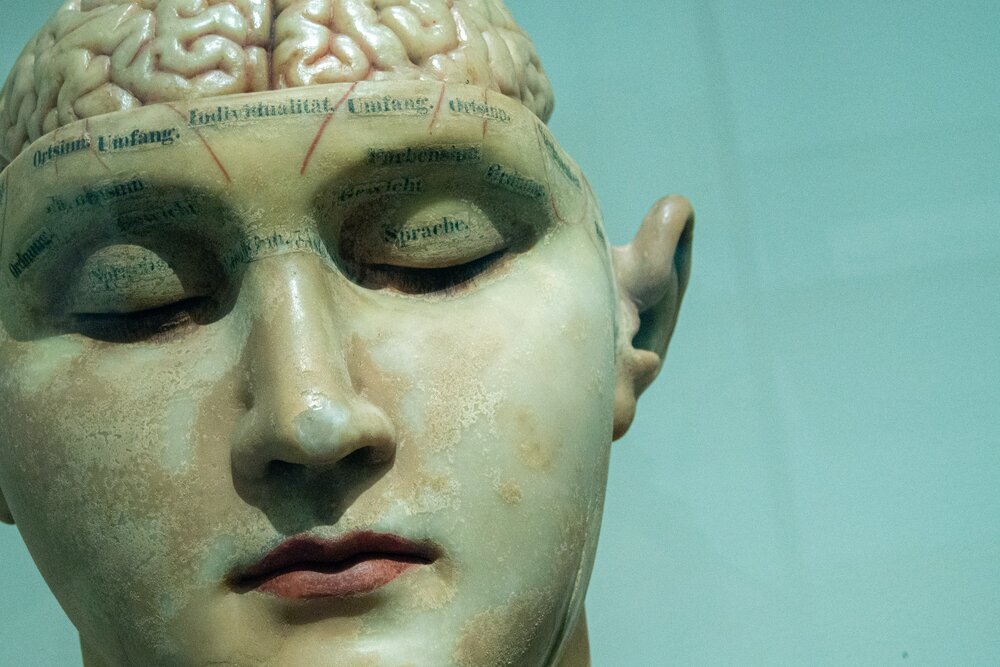How hypnotherapy and meditation helps with Mental Health
If more people realised quite how badly our general health was effected by stress and anxiety, I’m sure there would be a mass movement to do something more pro active about it. Thankfully more and more scientific studies are emerging that prove the positive effects of hypnotherapy and meditation on the brain and our health in general. So viva la meditation and hypnotherapy revolution!
In order to fully comprehend the importance of these incredible tools lets look at exactly happens when our body is a stressed state. This is quite scientific, but sometimes we need a little science to help us realise the truth behind the claims that meditation and hypnotherapy are practices we should be considering to aid our mental health.
The Fight, Flight or Freeze reaction is created by our bodies to protect us from danger or pain. Our bodies are built to withstand short doses of stress, however with long term exposure to stress and prolonged exposure to cortisol and other stress hormones, the immune system is suppressed (as this is one of the things our body does not need in a short term threat situation), our memory is impaired (grey matter in the hippocampus is reduced), the ageing process speeds up, we are tired as our adrenals are under pressure, there is a tendency towards increased abdominal fat, cholesterol may go up and our brain actually shrinks! Nice mix!
When we get stuck in negative past experiences our minds effectively keep firing from that reactive place - and neurons become wired together to produce reactive thinking, behaviour and limiting beliefs about ourselves and our lives. “Neurons that fire together are wired together” forms the basis of Hebb’s axiom in Neuroscience. Until we make a change, the same process will continue to happen.
However, because much of whats going on is happening at the back end at a subconscious level, it can be difficult to know how to do that. So we know that meditation and hypnotherapy can deal with this, but RTT works at an even deeper level to enable changes in the brain.
Rapid Transformational Therapy (RTT) allows us to access the subconscious memories at the root of our issue in order to specifically let go of the meaning we attached to them which allows changes in the brain structure and gives us the freedom to create a new future from a neutral place - to create new neural pathways based upon what we want in our life without the interference of the past. Our body and mind can then be in sync to create the future we really want.
Rapid Transformational Therapy (RTT) effectively helps us “Prune” unwanted neural pathways. It helps us pinpoint connections that are no longer needed so we can stop firing them and in that way - “Nerve cells that don’t fire - don’t wire together”. This means we have increased clarity, increased focus, increased intention on what we do want in our lives without the emotions and feelings of past events getting in the way of our day to day lives, our thoughts, our actions, our present moment and our future.
When past events have been dealt with in this way - through understanding and a process of letting go - they can be used as wisdom.
To give you an even clearer understanding of what is going on in your brain, I’ve tried to explain the different parts that play keys roles in this activity.
Areas of the brain that see changes in brain activity with Rapid Transformational Therapy (RTT), Hypnotic recordings and meditations
The Amygdala: plays a key role in processing emotions related to pleasure and pain. When inputs that are seen as a threat an immediate reaction is created without the consultation of the pre-frontal cortex. This reaction could be anything from a panic attack to binge eating or drinking to a nervous tick. Even if inputs are not actually a threat (the amygdala is reacting based upon past experience).
RTT allows the client to release old experiences related to pain or addictive behaviour related to perceived pleasure - which helps in reducing the grey matter of the amygdala. This means you are much less likely to go into spontaneous fight, flight or freeze reactions (stress reactions)or succumb to cravings and addictive tendencies and the amygdala will communicate effectively with the Pre Frontal Cortex and make an informed and objective decision on a situation rather than a spontaneous subconscious reaction.
The Pre Frontal Cortex: Responsible for executive functions of the brain: intention, emotional regulation, empathy, self, communication skills, wise decisions actually strengthens while in a hypnotic state and during meditation.
The Hippocampus: is associated with memory and learning of emotions. In a stressed or traumatised state the grey matter in this area is reduced. Being in a theta state as in hypnosis and during meditation increases the grey matter of this area.
The importance of the hypnotic recording / meditations
Once new neural pathways have been fired it is essential that the new belief is rehearsed and revisited because as Kandel stated in 2000 when he won the Nobel Peace prize:
New learning creates new synaptic connections in the brain, but you need to revisit and review soon after to make them stick! Repetition makes it stick and builds strength in the new connections made.
If you are feeling anxious or in a chronic stressed out state then an RTT session or hypnotic recording could help make positive changes in your brain activity. Please get in touch for a free consultation.
I explain how RTT works with your brain in this video. Check it out and subscribe to my You Tube channel for more useful videos on how to architect your conscious:



